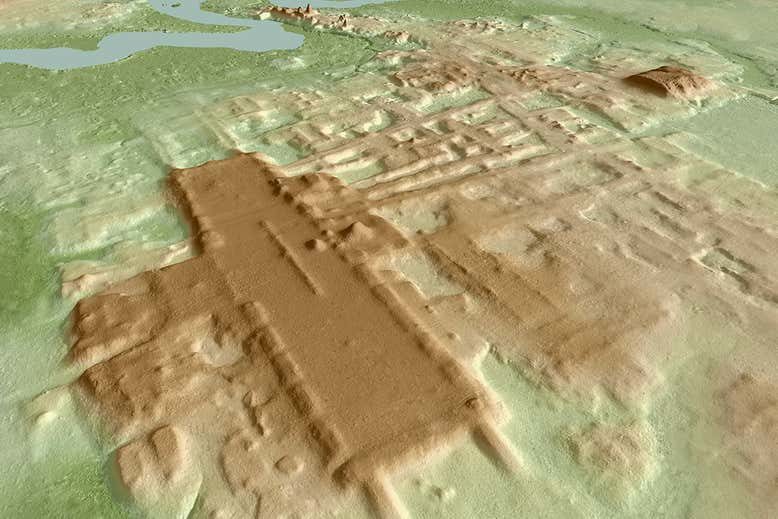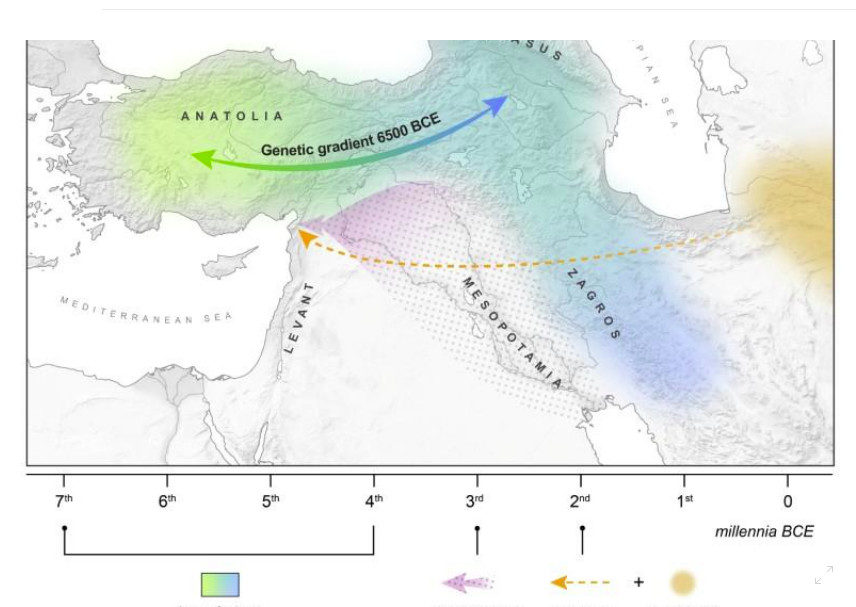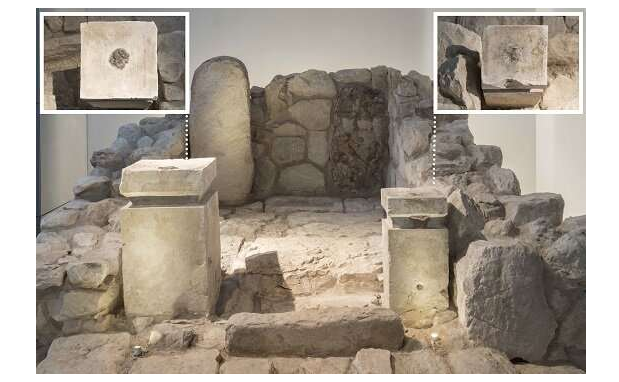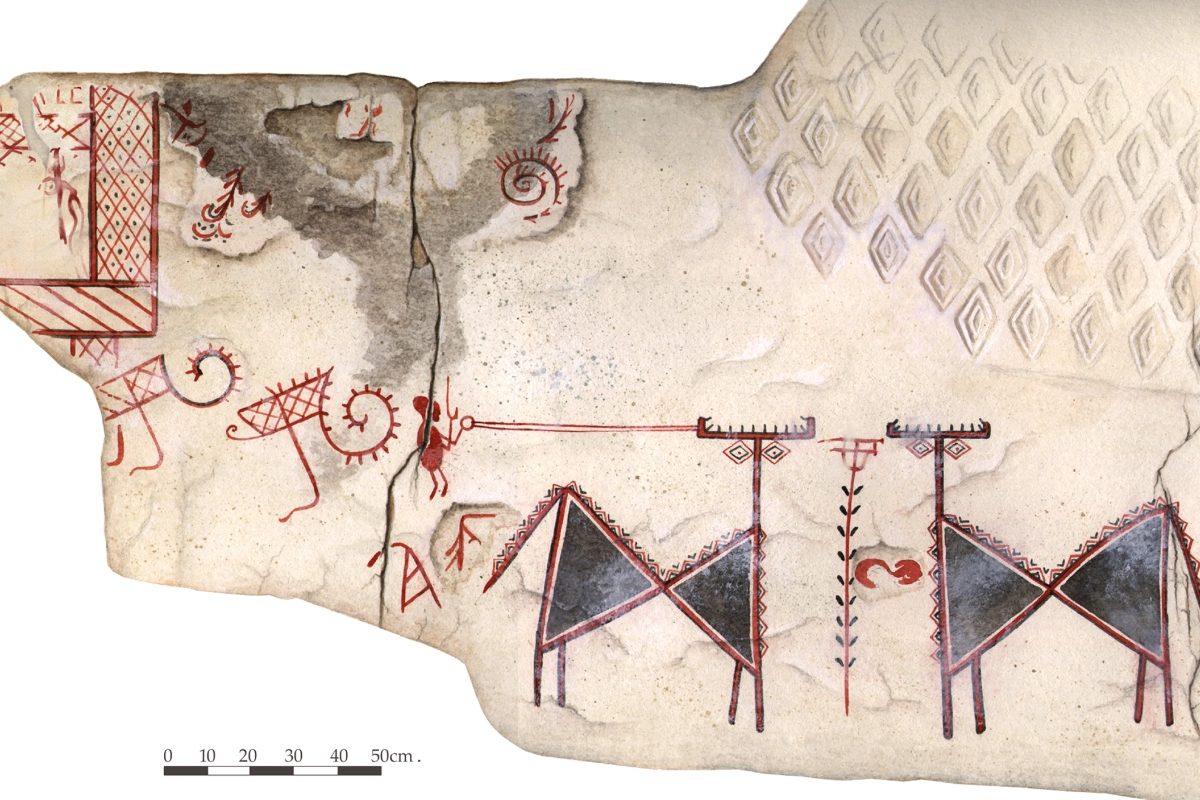
© REUTERS/Esam Omran Al-Fetori
Libya's long-running civil war has taken a new turn in recent weeks after the Turkish-backed Government of National Accord launched an offensive against would-be strongman Khalifa Haftar, pushing him and his Libyan National Army out of Tripoli and a number of near-by strongholds. But anyone who thinks that peace is at hand after nine years of anarchy and collapse should think again. Odds are all but certain that all it will do is introduce new chaos into a country that has already seen more than its fair share.
But before we speculate about the future, let's pause for a moment to consider the past and how the craziness began. When historians conduct their post-mortem analyses, chance are good that they'll zero in on one date in particular - Apr. 13, 2011. That's the day Barack Obama welcomed Sheikh Hamad bin Khalifa Al-Thani, emir of Qatar, to the White House. Secretary of State Hillary Clinton had just spent weeks lining up support for the effort to topple Libyan strongman Muammar Gaddafi in the wake of the Arab Spring. But in mid-March, she decided that the coalition was too western, too Euro-centric, for delicate post-colonial sensibilities, and so she set out to woo energy-rich Qatar as well. When Al-Thani at last agreed to come on board, his reward was an audience with His Coolness himself, the U.S. president.
But Obama should have paused before leaping into the unknown. Although Qatar enjoys a benign reputation thanks to its extensive economic and cultural ties with the west, its political profile has long been strangely bifurcated - liberal in some respects, increasingly Islamist in others. By the late 1990s, it was making a name for itself as a center for the ultra-austere branch of Islam known as Salafism. By 2003,
reports were growing that local charities were funneling money to Al-Qaeda. But Washington paid little attention. How could such reports be true if Qatar was helping to depose the Gaddafi, long a thorn in the side of American imperialism?
If he was working in behalf of U.S. hegemony, which is to say the ultimate good, didn't that mean that he had to be good as well?




Comment: There are a number of fascinating insights that can be drawn from the findings above, and the similarities with other cultures around the world abound, but the "cache of precious jade axes" is particularly interesting because in Mary Settegast's book Plato Prehistorian she investigates and speculates about the possible origin and proliferation of green stone axes found throughout Eurasia beginning in the late 9th millennium BC: See also:
- America Before by Graham Hancock - Book review
- Ancient skulls from the Yucatán Peninsula show striking diversity of Early America Settlers
- The Seven Destructive Earth Passes of Comet Venus
- Lasers reveal 60,000 ancient Mayan structures hidden in Guatemalan forest
- Ancient Maya practiced 'total war' well before climate stress
And check out SOTT radio's: